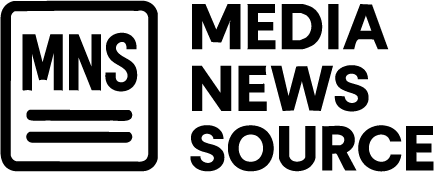Economic data is being affected by Trump’s tariffs and government layoffs, raising concerns about the future, according to an economist.
In the current economic landscape, a confluence of factors—including market volatility, inflationary pressures, and global trade tensions—has emerged to dominate discussions among investors and economists. As April unfolds, the impact of these variables on the financial markets and the broader economy grows increasingly palpable.
The abrupt change in expectations surrounding tariffs under the Trump administration has played a significant role in reshaping the economic outlook. Initially viewed as a temporary measure, the newly imposed tariffs have exceeded market predictions, prompting concerns about their repercussions on trade relationships and economic stability. The methodology used to calculate these tariffs has been criticized for its simplistic approach, failing to account for the complexities of global trade dynamics.
As the economy braces for the forthcoming release of first-quarter GDP data, skepticism abounds regarding its relevance. Historically, GDP growth figures serve as critical indicators for forecasting future economic performance. However, recent tariff fluctuations have altered consumer and business behaviors, complicating the ability of these metrics to accurately reflect current economic conditions. Companies and households have begun preemptively adjusting their purchasing strategies, influenced by the impending tariffs, resulting in a potential distortion of spending patterns. This phenomenon—wherein future consumption is brought forward—demands a closer examination of the data’s significance.
Amidst these developments, the layoffs associated with the Department of Government Efficiency (DOGE) introduce further ambiguity into labor market statistics. While recent reports indicate minimal increases in unemployment rates, many affected employees remain on paid leave, thereby skewing the perception of joblessness in the economy. This uncertainty poses a challenge for forecasting future labor market trends, as the fallout from these cuts has yet to be fully realized.
Additionally, the downward trend in government contracts signals shifting dynamics in private-sector employment. Industries reliant on government contracts may soon find themselves compelled to cut workforce sizes, leading to broader economic implications as the effects of spending reductions ripple through various sectors.
As tariffs manifest into higher consumer prices and inflationary pressures mount, businesses and consumers alike are left grappling with the longer-term ramifications of these economic policies. The uncertainty surrounding federal policies has rendered traditional economic metrics less predictable, complicating business planning and investment strategies. This ambiguity has the potential to breed instability, affecting consumer confidence and spending patterns in the process.
Ultimately, as the impact of tariffs and government cuts continues to evolve, the economic landscape is becoming increasingly uncertain. While the numbers portrayed in economic data may be accurate, federal policy changes suggest that their relevance is diminishing. As we navigate this unpredictable terrain, the need for vigilance and adaptability becomes clear, as the full consequences of these policies may extend well into the future.
Media News Source.







